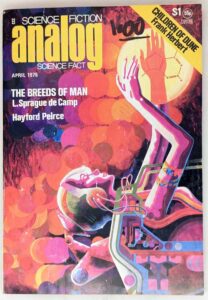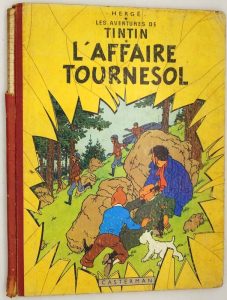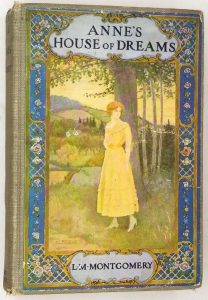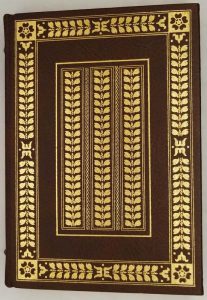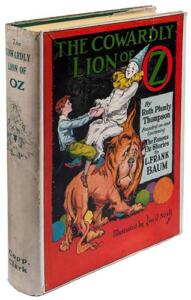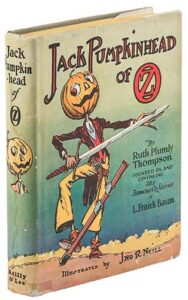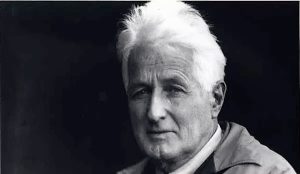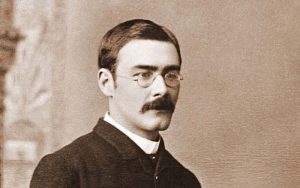Herman Melville – American Novelist, Poet 1819-1891
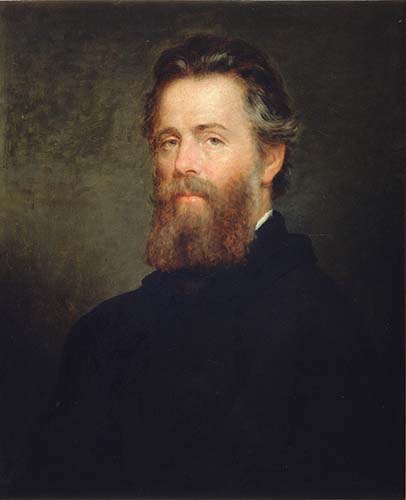
Herman Melville was borm in New York on August 1, 1819, two months after Walt Whitman. His father, Allan, was a Boston merchant who had moved to the big city to see if he could improve his fortunes. Unfortunately, this was not the case and he died a bankrupt in 1832, leaving an estate that consisted of a widow and eight children. Herman was sent to a farm in upstate New York where his mother’s relatives lived. He attended school in Albany until he was fifteen, when he took employment as a bank clerk. When a chance came to ship out on a freighter crossing the Atlantic, Melville took it. Upon his return he thought of becoming a teacher, but after a stint at that the sea bug bit him again and he signed on the Acushnet. He was twenty-two.
What happened to our hero in the next three years gave him enough material to write for the rest of his life. After the Marquesan experience, he got to the Society Islands, where both natives and Europeans lived— this adventure was told in Omoo. From there he went to Hawaii, where he enlisted in the United States Navy in order to get a ride home.
Typee and Omoo came out in 1846 and 1847, respectively, and were successful. They were followed by March, Reciburn, and White Jacket. In 1851 came his masterpiece, Moby Dick; Herman Melville began writing Moby-Dick in February 1850, and finished 18 months later, a year longer than he had anticipated. Melville drew on his experience as a common sailor from 1841 to 1844, including several years on whalers, and on wide reading in whaling literature. The white whale is modeled on the notoriously hard-to-catch albino whale Mocha Dick, and the book’s ending is based on the sinking of the whaleship Essex in 1820. But the strange thing was that no one knew it was a masterpiece at the time. It wasn’t until the 1920’s that the story about the great white whale came into its own, and the author had died in New York on September 28, 1891, six months before Walt Whitman.
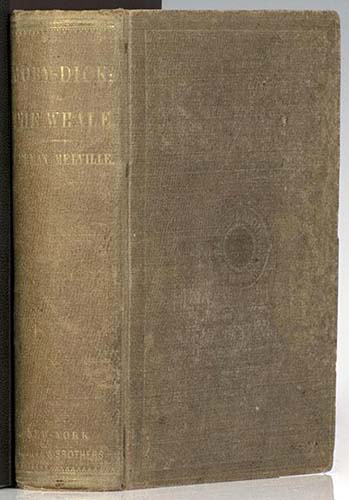
In 1856 he had assembled some of his stories in a remarkable collection entitled The Piazza Tales, which included Benito Cereno. But in general the last thirty-eight years of Melville’s life were neither as successful nor as productive as the eight years that had preceded them. Among the next half-dozen books were two in verse: a collection of Civil War “pieces and aspects” and a sort of epic in two volumes about the Holy Land called Clare!. Neither was very popular. John Marr and Other Sailors (1888) and Timoleon (1891) were later collections of verse for which Melville himself paid the publication costs; each appeared in an edition of twenty-five paper-wrapped copies. The author had fallen on bad times, all right, and to keep the wolf from the door he lectured to audiences who must have felt that he was worth listening to. Actually, the only steady income he seems to have had was that paid to him for twenty years as a district inspector for the United States Customs.
When Herman Melville died, hardly anyone noticed. There was a second edition of Moby Dick that appeared in the 1890’s, and another in the first years of the twentieth century, but that was a record that could not be equated with best-sellerdom.
The Melville renaissance dates from 1921, thirty years after his death, when a young Columbia professor by the name of Raymond Weaver published Herman Melville: Mariner and Mystic. Weaver’s interest hi Melville had led to his discovery of a granddaughter, Mrs. Eleanor Melville Metcalf, who had been ten years old when the old whaleman and scribbler died and who therefore had some clear and authentic memories of him. She also had preserved a trunkful of Melville memorabilia. From these and other sources Professor Weaver brought Melville back to life, so to speak, for a world that had forgotten him.
Source: Heritage Press.
Herman Melville Bibliography
- Typee: A Peep at Polynesian Life (John Murray, London 1846)
- Omoo: A Narrative of Adventures in the South Seas (John Murray, London 1847)
- Mardi: and a Voyage Thither (Richard Bentley, London 1849)
- Redburn: His First Voyage (Harper & Brothers, NY 1849)
- White-Jacket; or, The World in a Man-of-War (Richard Bentley, London 1850)
- Moby-Dick; or, The Whale (Richard Bentley, London 1851)
- Pierre; or, The Ambiguities (Harper & Brothers, NY 1852)
- Isle of the Cross (1853 unpublished, and now lost)
- “Bartleby, the Scrivener” (1853) (short story)
- The Encantadas, or Enchanted Isles (1854)
- “Benito Cereno” (1855)
- Israel Potter: His Fifty Years of Exile (G.P Putnam 1855)
- The Confidence-Man: His Masquerade (Dix, Edwards & Co 1857)
- Battle-Pieces and Aspects of the War (1866) (poetry collection)
- Clarel: A Poem and Pilgrimage in the Holy Land (1876) (epic poem)
- John Marr and Other Sailors (1888) (poetry collection)
- Timoleon (1891) (poetry collection)
- Billy Budd, Sailor (An Inside Narrative) (1891 unfinished, published posthumously in 1924( Constable, London); authoritative edition in 1962)
